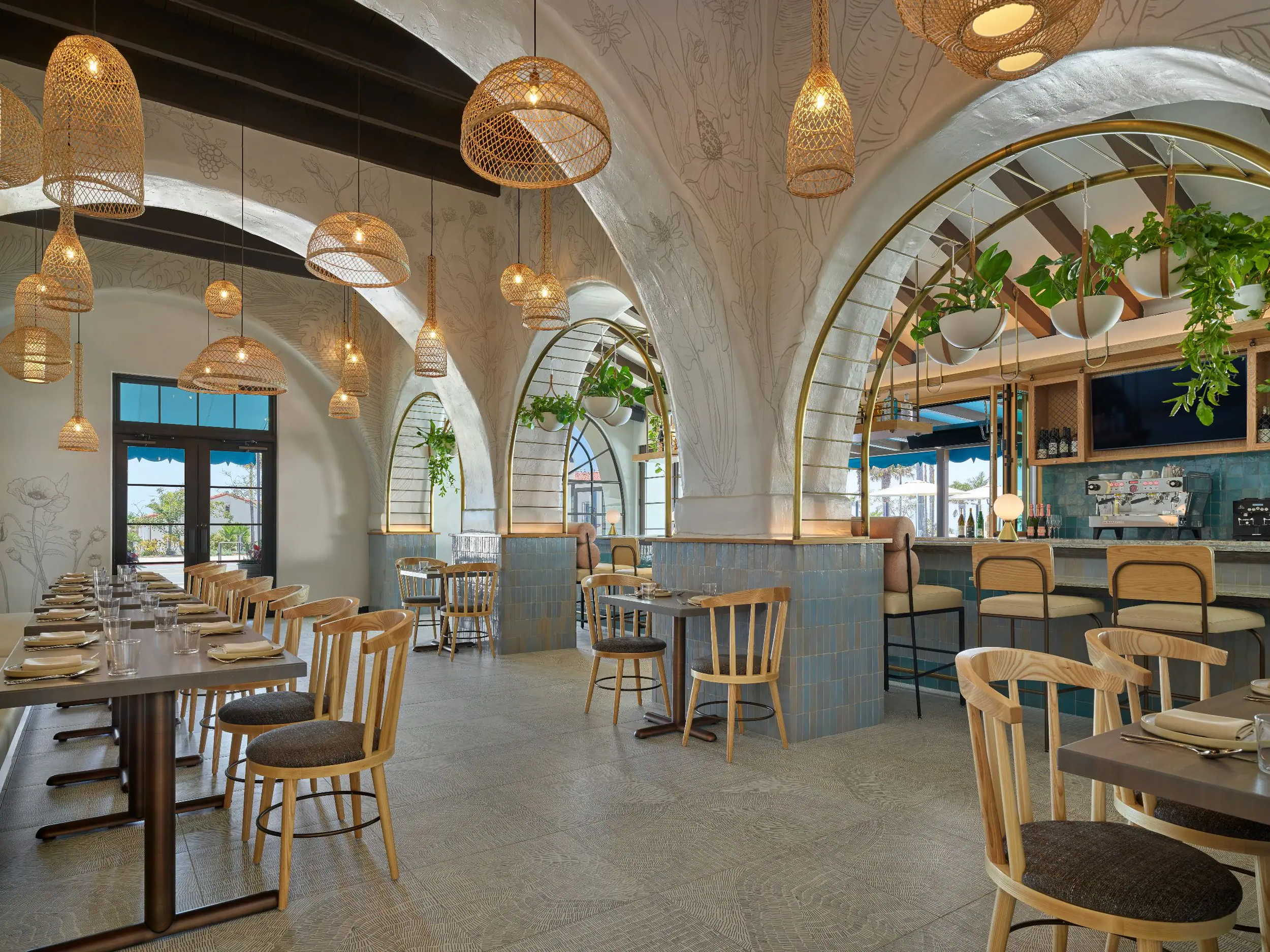Fireproof Materials in Construction: Building for Safety and Durability
In modern construction, safety and resilience are just as important as design and function. Fireproof materials play a vital role in protecting buildings, property, and lives from the devastating effects of fire. By integrating materials like concrete, coated steel, gypsum board, and specialized glass, builders can create structures that not only withstand extreme conditions but also stand the test of time. As building technology advances, fireproof solutions continue to enhance both safety and sustainability, proving that innovative design and durability go hand in hand.
Understanding Fireproofing in Construction
Fireproofing in construction refers to the use of materials and design strategies that prevent or slow the spread of fire, safeguarding a building’s structure and occupants. This process helps maintain a building’s integrity during high temperatures, giving occupants valuable time to evacuate and first responders time to act.
Fireproofing isn’t just best practice — it’s a requirement. In the United States, the National Fire Protection Association (NFPA) and the American Society for Testing and Materials (ASTM) set rigorous standards for fire-resistant construction. Globally, similar standards ensure that materials and assemblies meet specific fire ratings, indicating the duration for which they can withstand exposure before failure. Adhering to these codes isn’t simply about compliance; it’s about designing structures that can endure the unexpected.
Common Fireproof Materials
Concrete
Concrete is naturally fire-resistant due to its non-combustible composition and excellent heat-insulating properties. It doesn’t burn or release toxic fumes, making it ideal for foundations, structural walls, and floors. Its ability to retain strength under high temperatures makes it one of the most dependable materials in fire-resistant design.
Steel with Fireproof Coatings
While steel is strong, it can lose its structural integrity when exposed to extreme heat. That’s why fireproof coatings, such as intumescent paint or cementitious sprays, are used to protect steel framing. These coatings expand or harden under heat, creating a barrier that delays the temperature rise and maintains the steel’s strength for an extended period.
Gypsum Board (Drywall)
A staple in residential and commercial construction, gypsum board is valued for its fire-retardant properties. The gypsum core contains water, which releases as steam when exposed to heat, slowing the spread of fumes. Fire-rated drywall assemblies are commonly used in walls and ceilings to compartmentalize spaces and increase overall building safety.
Fire-Resistant Glass
Advances in glass technology have led to the development of laminated and tempered fire-resistant glass. These materials can withstand high temperatures while maintaining transparency, offering safety and design flexibility. They are commonly used in windows, partitions, and doors, providing visibility without compromising protection.
Bricks and Masonry
Brick and masonry construction have long been valued for their natural fire resistance and thermal mass. Masonry walls can absorb and contain heat, preventing flames from spreading between spaces. In addition to their durability, these materials add a timeless character to a building’s design.
Benefits of Using Fireproof Materials
Safety: Fireproof materials minimize the risk of fire spread and structural collapse, protecting both lives and property.
Durability: These materials are engineered to perform under pressure, ensuring buildings remain structurally sound even after exposure to heat or flame.
Insurance and Compliance: Utilizing fire-resistant materials helps builders meet local and international safety codes, reducing liability, improving insurability, and ensuring long-term peace of mind.
Sustainability: Many modern fireproof materials are eco-friendly, minimizing waste and extending a building’s lifespan. Durability means fewer repairs and replacements, contributing to more sustainable construction practices overall.
Building a Safer, Stronger Future
Incorporating fireproof materials into construction isn’t just a matter of code compliance. It’s a commitment to safety, quality, and long-term performance. By prioritizing fire resistance, builders and architects are protecting not only what’s inside a structure, but also the people who call it home or work within its walls.
At the end of the day, building for wildfire means building for the future.





